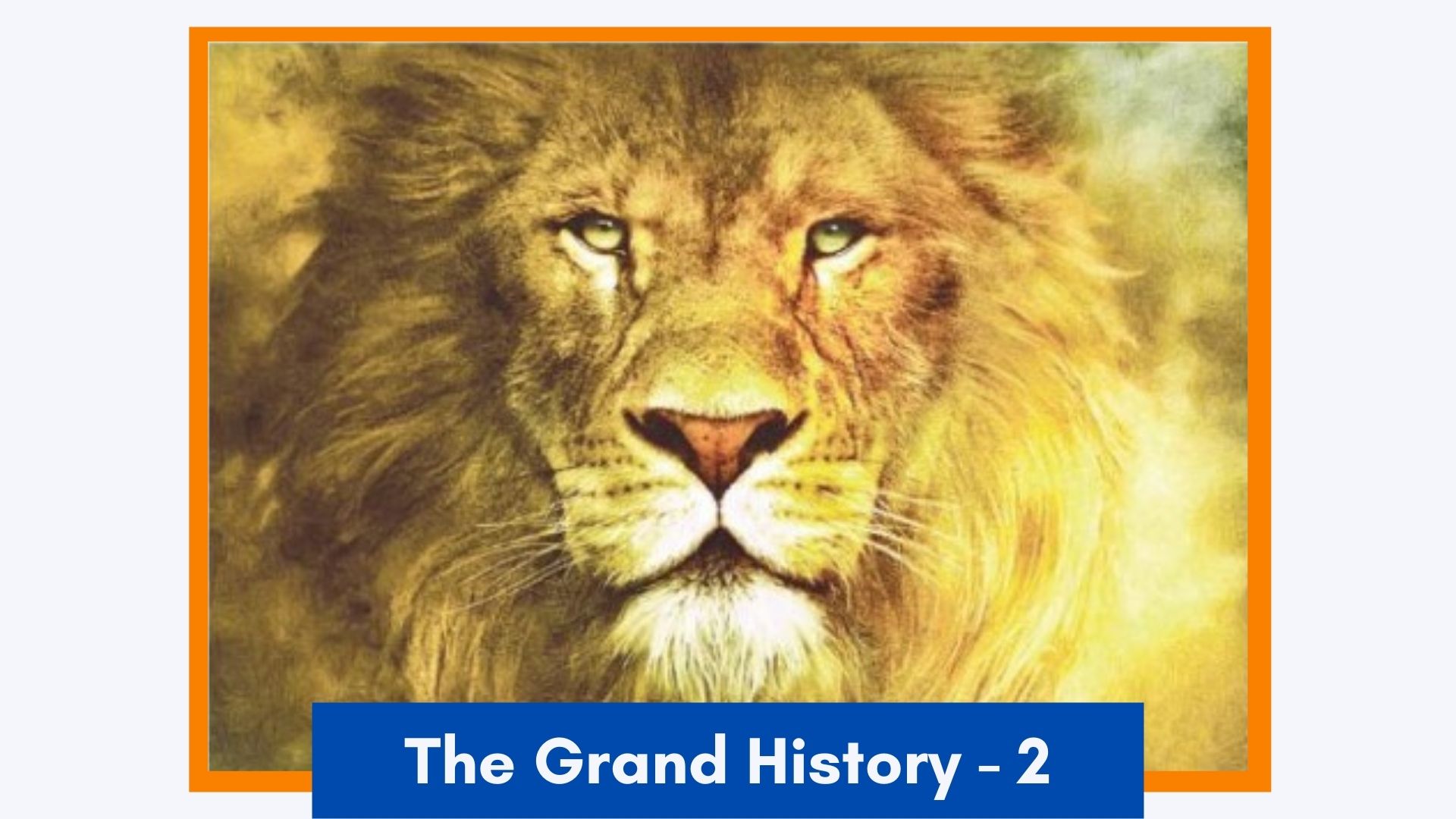

Samudragupta was born on the day of Ramnavami in 320 AD. He was the youngest son of Chandragupta (I) and Kumaradevi. According to the social system prevalent at that time, the Gupta family belonged to the Vaishya varna. They were known for their business acumen and had an astute business sense. Samudragupta's mother, Kumaradevi, on the other hand, was a princess of the Licchavi Kshatriya dynasty. For this reason, the values of both the Kshatriya and Vaishya clans were inculcated in Samudragupta. In the year 338 AD, after the death of his father, Samudragupta took over the reins of the kingdom as per the orders of his father. Chandragupta had kept Samudragupta's elder siblings away from governance as Samudragupta was exceptionally intelligent, studious, visionary, capable and brave. After taking over the kingdom, Samudragupta brought the whole of Bhārat under his rule by applying Kautilya’s political doctrine. Many states (nearly 70%) surrendered to him out of fear and awe.
The 'Samudragupta Prashasti' composed by Mahadandanayak Harishena has been inscribed on the Ashoka Pillar located at Prayag. In this inscription, Samudragupta's appearance, personality, valour, political dexterity and ambition-driven achievements have been described very clearly and in detail. The composition clearly mentions Samudragupta having fought a total of hundred wars (major) during his entire reign. Foreign historians consider him as India’s Napoleon or compare him with Alexander, but it is completely wrong and foolish to do so; for the reason that although Napoleon and Alexander did fight many battles, what fate did they meet thereafter? Napoleon spent the last years of his life in a prison on a small island while Alexander died even before he could reach his homeland. Therefore, the Emperor Samudragupta’s accomplishments are a thousand times greater than those of Napoleon and Alexander, not only because he conquered vast territories, but also because he very efficiently managed and maintained the kingdoms that he had won and took his empire to the pinnacle of glory. But then how could the Western historians, who always try to belittle the history and culture of Bhārat, possibly accept the fact that Samudragupta was far superior and more capable than Napoleon and Alexander?
More importantly, it is indeed very unfortunate that even we educated Bhāratiyas, we are aware of Napoleon and Alexander but not about our own emperor, Samudragupta, who was far superior to them. Samudragupta’s greatness is not the creation of a few myths or fictional accounts; even today, substantial evidence exists of his mastery in various fields.
It is essential to know the glorious history of our country and culture, because it is through this study that society becomes aware of the strengths of its various sections and gets reacquainted with the art of making competent use of those strengths.
It is equally essential to study the era in which our country and culture experienced a decline as it helps us to identify the shortcomings and weaknesses of our nation and culture. This study helps policymakers in removing these shortcomings and weaknesses and in bringing about social, cultural and political changes according to the needs of the time.
It is unfortunate that during the glorious period of Bhārat, the then intelligentsia (pundits) failed to maintain a proper account of events and whatever was recorded was destroyed in the attacks on the universities by uncivilized foreign invaders. Moreover, the records in the Puranas were distorted by people with vested interests, by incorporating fictional accounts, false narratives projecting blind faith and superstition, as a result of which society could not clearly understand our own history clearly.
My purpose behind writing this series is not to massage our egos by singing praises of ‘how great our ancestors were’. In order to be able to face and cope with the enormous challenges that lie ahead of us in time to come, it is absolutely essential for us to get a proper understanding of our Bhāratiya society, culture and political developments. I want to make every Bhāratiya aware of how our Bhārat actually and really is. This is not an ode to any particular religion or sect, but it is a living account of the Bhāratiya culture, whose creation and advancement definitely involved the participation of people from various races, religious views and sects.
'Yes, Bhārat was always great and is great even today,' there is absolutely no doubt about it. In order to bring back the same golden age, the first and foremost need is for all us Bhāratiyas to be of the firm belief that ‘Yes, we all are great’.
(to be continued...)
Courtesy : Dainik Pratyaksha
Click here to read this editorial in Hindi
